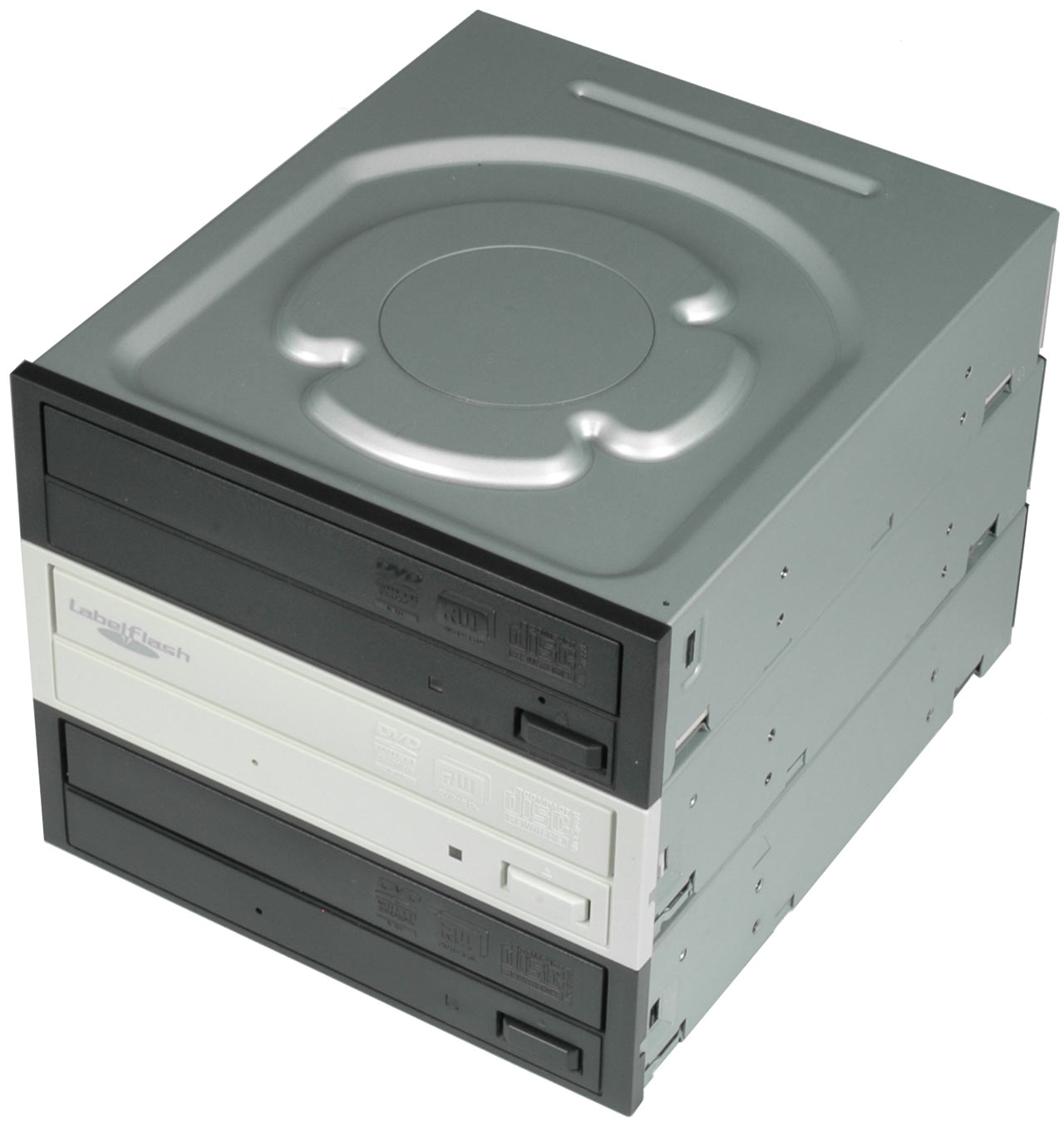Three Generations Compared: Is Your DVD Burner Outdated?
Old Versus New: DVD Drives Compared
Roughly $30 is all you need to get a decent CD/DVD burner.
Blu-ray drives, which increase capacities from 8.5GB (double layer DVDs) to 25GB, are still rather expensive and fail to deliver acceptable cost per gigabyte ratios, especially when weighed against ever-falling hard drive prices. Still, there has been progress in the DVD segment, and we wanted to take a closer look.
You can tell how mature the DVD drive market has become by all of the sub-$40 prices for DVD burners. Even the latest and greatest DVD drives are fairly affordable. With one of these in-hand, it’s hard to think of new features that would persuade anyone to upgrade.
However, there are a few facts to consider before blowing off the entire segment and buying the cheapest drive you can find. True, read speeds for DVDs and CDs really haven’t changed for years due to physical limits imposed by high spindle speeds. Write speeds have kept climbing, though, reaching 24x with the latest generation. This sounds impressive, but the real-life impact on disc write times is actually rather small. All modern DVD burners write data in CAV mode at constant angular velocity, which means that the disc spins at a constant RPM. As a result, the write bandwidth starts at rather slow bit rates and reaches its maximum when writing to the disc’s outer tracks. This is where 24x speed has its greatest impact.
Other advances can be found on the interface side. More and more optical drives are now based on the convenient Serial ATA standard rather than UltraATA, which requires a jumper setting to put the drive into master or slave mode. SATA is faster but also much more common on modern motherboards. Lastly, many newer drives support disc labeling technologies, such as Labelflash or LightScribe. Unfortunately, these two aren’t compatible and require different media if you want to label them using the drive’s laser.
We took three different DVD burner generations from NEC (16x from 2005), Sony NEC Optiarc (18x from 2006), and Sony Optiarc (24x from 2009) to look at the real differences between various product generations. These three products were provided by Sony Optiarc, formerly known as the joint venture between Sony and NEC.
Get Tom's Hardware's best news and in-depth reviews, straight to your inbox.
Current page: Old Versus New: DVD Drives Compared
Next Page Read And Write Speeds